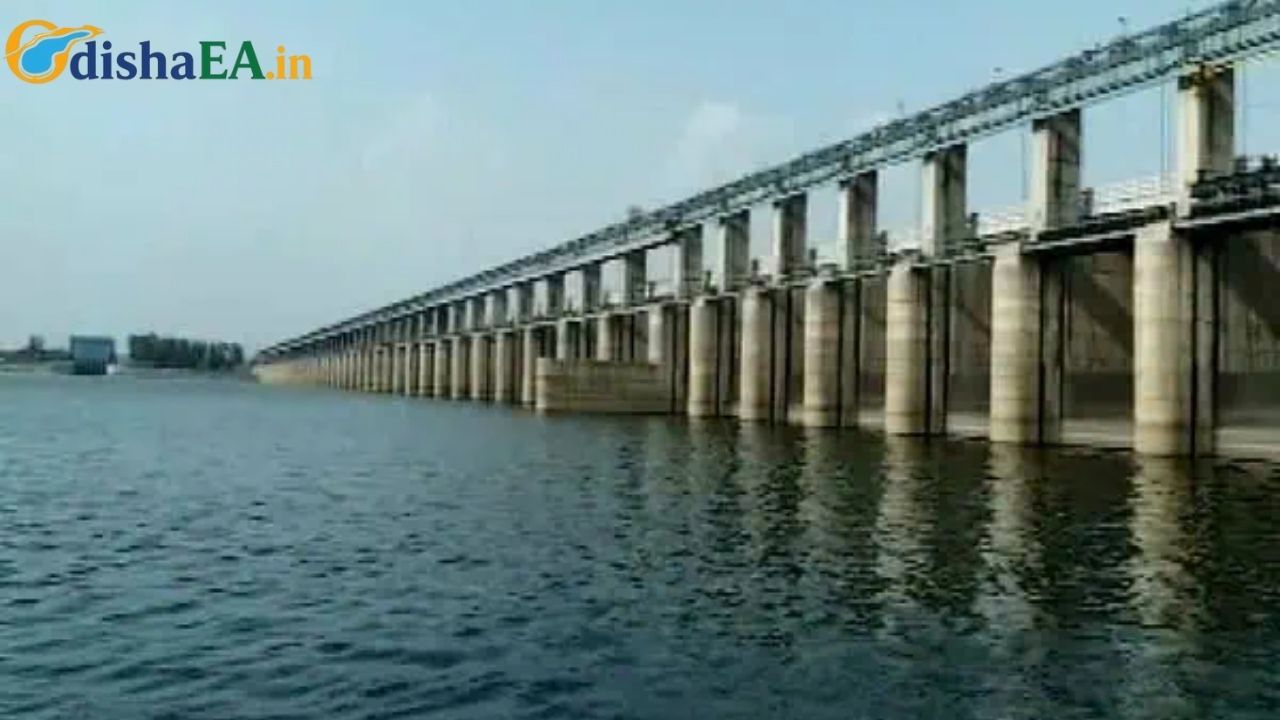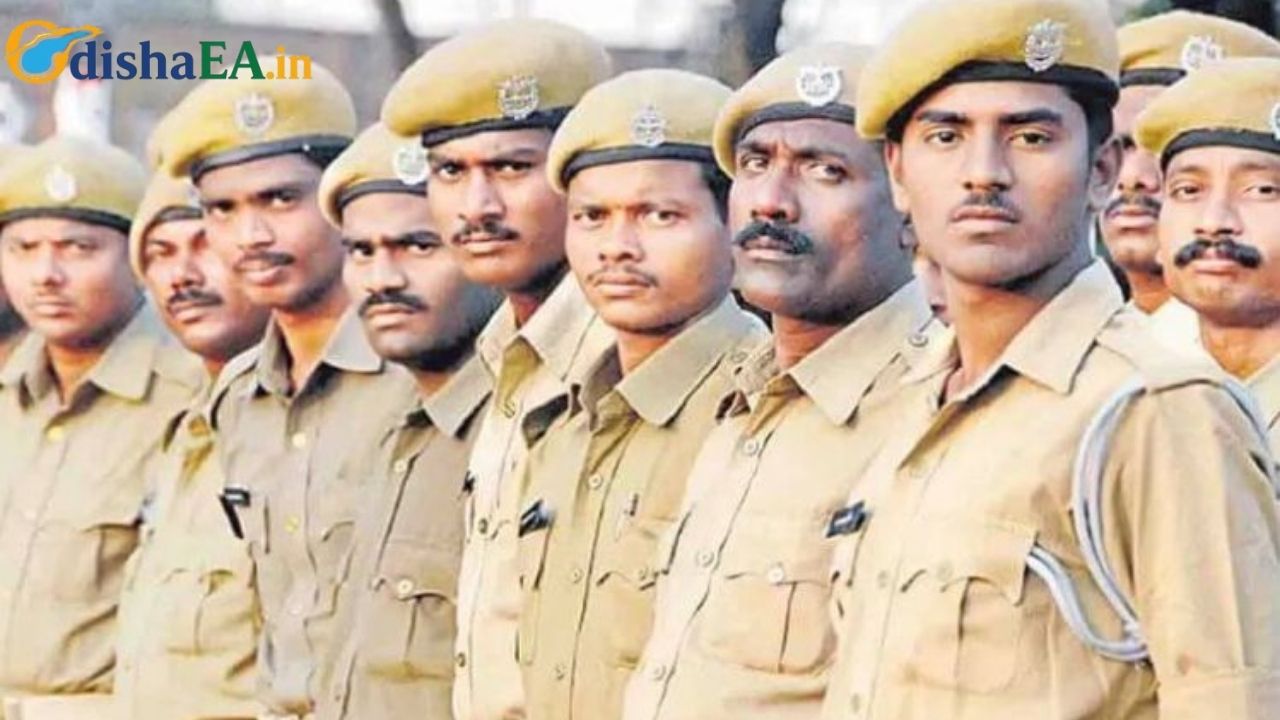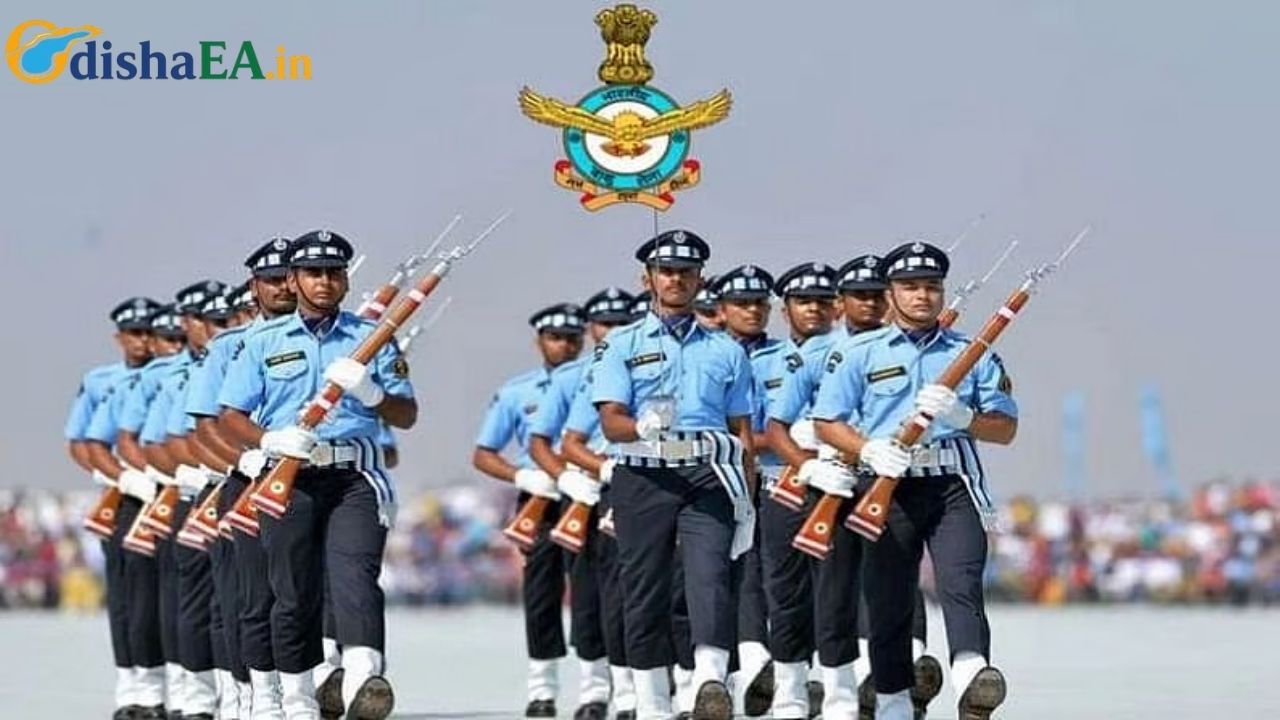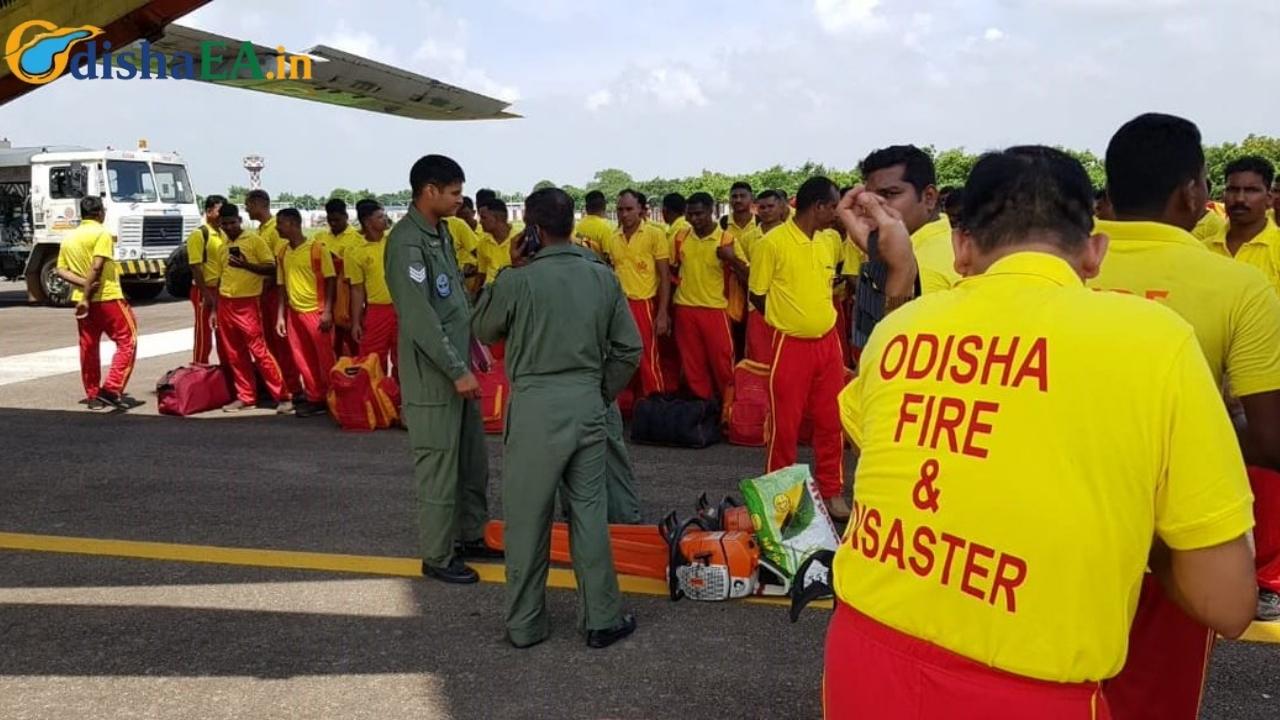The Odisha and Chhattisgarh weekly engineer-level talks on the Mahanadi water dispute mark a new chapter in a conflict that has dragged on for nearly a decade. Starting in September 2025, engineers-in-chief from both states will sit down every week to hash out technical details and find common ground. For many in eastern India, this isn’t just about water—it’s about livelihoods, agriculture, industry, and even the environment.
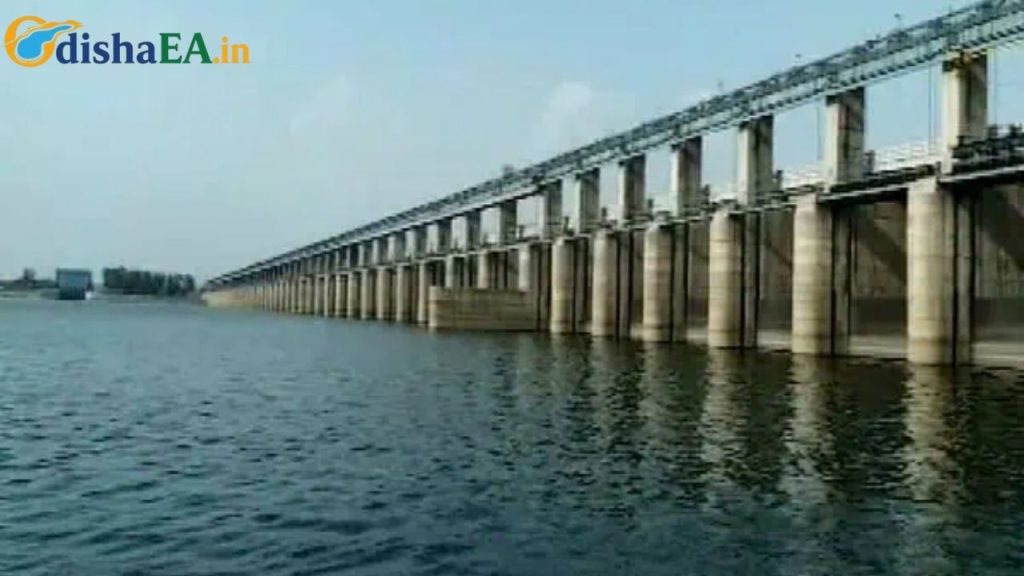
For anyone following India’s federal politics or its regional resource disputes, this is big news. But if you’re hearing about it for the first time, don’t worry—I’ll break it down in plain English. Think of this like two next-door neighbors fighting over who gets to use the hose in their shared backyard. Now, instead of calling the cops (in this case, the Supreme Court and tribunals), they’ve decided to sit down at the picnic table once a week and talk it out.
Odisha, Chhattisgarh Launch Weekly Engineer-Level
| Aspect | Details |
|---|---|
| Conflict | Mahanadi water-sharing dispute between Odisha and Chhattisgarh, ongoing since 2016 |
| New Move | Weekly engineer-level talks throughout September 2025 |
| Timeline | September (engineers’ weekly talks), October (Chief Secretaries review), December (possible CM-level meeting) |
| Why It Matters | Impacts agriculture, drinking water, industries, and environment in Odisha; upstream projects in Chhattisgarh control flow |
| Tribunal History | Mahanadi Water Disputes Tribunal formed in 2018 but progress stalled |
| Official Link | Mahanadi Water Disputes Tribunal – Ministry of Jal Shakti |
The launch of weekly engineer-level talks between Odisha and Chhattisgarh on the Mahanadi water dispute is more than just bureaucratic routine—it’s a step toward practical, people-first solutions. If both sides stick to data, respect each other’s needs, and involve their communities, this could be a rare success story in India’s long list of inter-state river disputes.
At the end of the day, rivers don’t care about borders. They just flow. It’s up to humans to make sure that flow is fair and sustainable.
The Backstory: Why the Mahanadi Matters
The Mahanadi River stretches about 560 miles (900 km), flowing from Chhattisgarh into Odisha before emptying into the Bay of Bengal. It’s a lifeline for over 25 million people, providing drinking water, irrigation for rice paddies, power for industries, and even fisheries downstream.
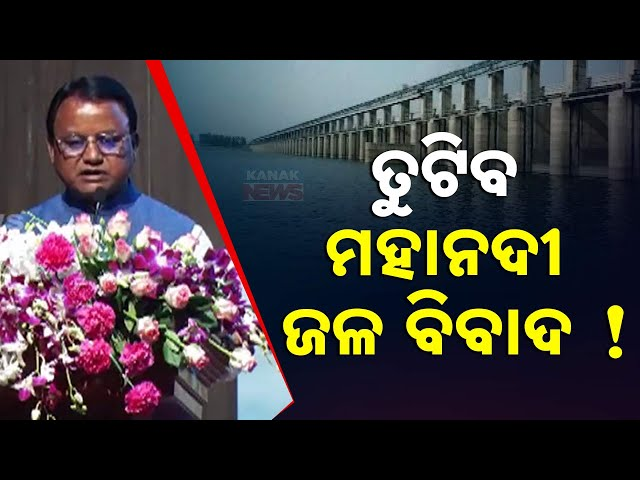
The trouble began when Odisha accused Chhattisgarh of building barrages and dams upstream without proper consultation. These projects, Odisha argued, cut off water needed for irrigation and drinking in its coastal districts. By 2016, Odisha had formally complained to the Central Government of India, demanding intervention. A Mahanadi Water Disputes Tribunal was set up in 2018, but like many long legal battles, progress was slow and frustrating.
To put it in perspective, imagine a family where one sibling keeps taking snacks from the kitchen before anyone else gets a chance. At some point, the others get upset, and if parents don’t resolve it, the kids either keep fighting—or figure out their own sharing system. That’s where we’re at now.
Why Weekly Engineer-Level Talks Are a Game-Changer
The decision to let engineers lead the talks—rather than just politicians—is refreshing. Engineers work with data, flow measurements, rainfall records, dam capacity, and ground realities. They’re more likely to ask questions like:
- How much water does Odisha actually need in the dry season?
- How much can Chhattisgarh realistically store without affecting downstream flow?
- What would climate change and monsoon variability do to future water availability?
By keeping this at the technical level first, both states are laying a foundation for a fair, transparent solution. It’s like letting the referees and statisticians agree on the rules of the game before the coaches and owners argue over strategy.
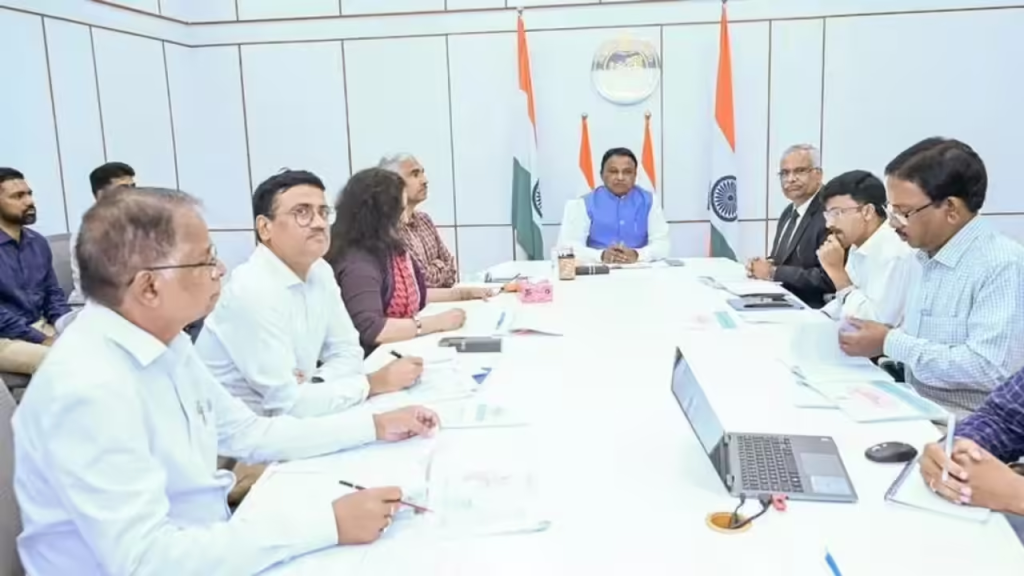
Timeline of What’s Next
- September 2025 – Weekly meetings between engineers-in-chief of both states.
- October 2025 – Chief Secretaries and Water Resource Secretaries from Odisha and Chhattisgarh will meet to review engineers’ findings.
- December 2025 – Potential Chief Minister-level meeting to finalize next steps or draft a long-term water-sharing agreement.
This phased approach shows seriousness and avoids the trap of jumping straight into political posturing.
The Stakes: Why This Dispute Can’t Wait
Water isn’t just water—it’s jobs, food, and stability. Here’s why this dispute is so important:
1. Agriculture
Odisha relies heavily on irrigation from the Mahanadi. Rice cultivation is king here, and millions of small farmers depend on timely water releases. Any shortage hits food security hard.
2. Industry & Power
Chhattisgarh has invested in power plants and industries that need water year-round. For them, storing water upstream isn’t just convenience—it’s survival.
3. Environment
The delta region in Odisha is sensitive. Reduced river flow means less fresh water reaching estuaries, which affects fish populations and increases salinity intrusion into farmland.
4. Climate Change Factor
India is experiencing increasingly erratic rainfall patterns. According to India Meteorological Department (IMD), the 2023 monsoon saw 8% below normal rainfall, and projections show more variability in coming decades. This makes coordinated water management even more critical.
Practical Lessons for Professionals (and Ordinary Folks)
Even if you’re not living near the Mahanadi, there are lessons here:
- Negotiation is better than litigation. Courts can take years; technical dialogue builds trust faster.
- Data-driven decision-making wins. Emotions aside, water disputes need engineers and scientists at the table.
- Transparency builds peace. Sharing rainfall, storage, and release data openly can stop conspiracy theories and build trust.
Think about it like managing a neighborhood HOA (Homeowners’ Association) in the U.S.—if two homeowners fight over shared resources, you need clear rules and open communication before the whole block gets dragged into a lawsuit.
Crocodile Presence in Mahanadi Triggers Alert in Odisha’s Subarnapur
Chhattisgarh CM Outlines Stance on Mahanadi Following Odisha’s Proposal for Talks.
Heavy Rains Force Hirakud Dam to Open Sluice Gates, Releasing Excess Water
FAQs on the Mahanadi Dispute
Q1: Why did Odisha and Chhattisgarh start fighting over the Mahanadi?
Odisha claimed Chhattisgarh’s upstream dams reduced downstream flow, hurting its farmers and fisheries.
Q2: Hasn’t the tribunal already solved this?
No, the Mahanadi Water Disputes Tribunal (2018) has been slow. Hearings, data collection, and legal arguments dragged on without concrete outcomes.
Q3: Why are engineers leading the talks now?
Because they deal with facts, measurements, and hydrology. Politicians talk strategy; engineers talk science.
Q4: Will this solve the problem permanently?
It’s too early to say. But weekly engineer-level talks create a technical base for eventual political agreement.
Q5: Who else is watching this?
The Central Water Commission of India, the Ministry of Jal Shakti, environmental groups, farmers’ unions, and even industries across both states are keeping a close eye.

